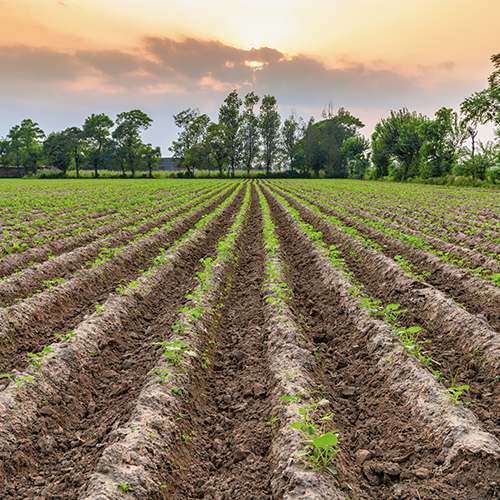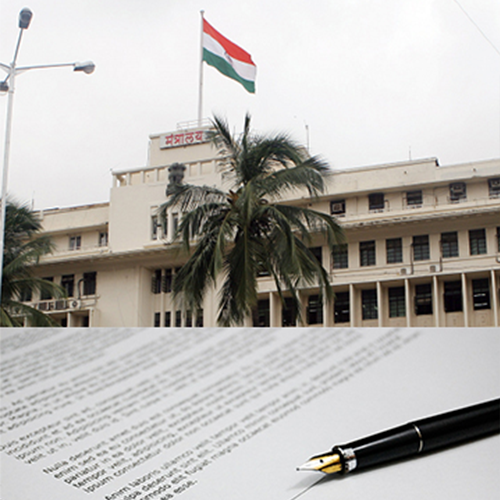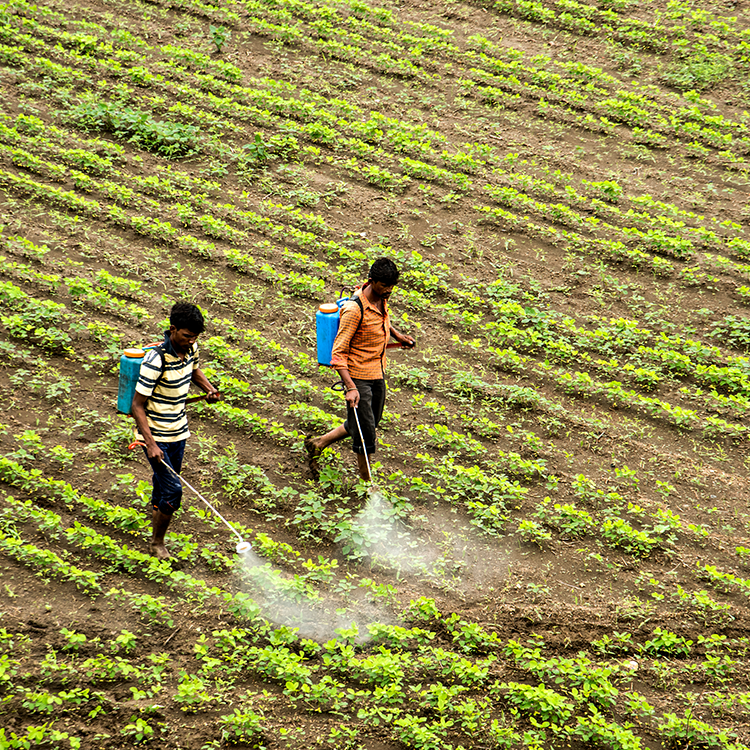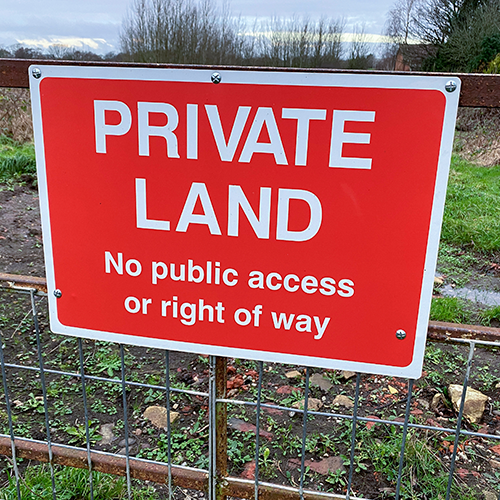Understanding Land in India

providing essential necessities like food, clothing, and shelter. Throughout history, it has remained a crucial factor in economic activities vital for sustaining human life. Development initiatives are intricately intertwined with the utilization of land, recognizing its indispensable role. Unlike goods, land's significance lies in its immovability, making it impossible to transport physically.
Rural India and Agriculture
In rural India, agriculture remains the primary source of livelihood, directly linking the population to the land for sustenance, socio-economic status, and security. The nexus between land, power, and society is robust, with the inability to produce land driving its perpetual value escalation.
Historical Context and Land Reforms
Pre-independence India witnessed land ownership concentrated in the hands of a privileged few, hindering social justice and national development. Recognizing this disparity, land reforms became imperative post-independence. These reforms, essentially political and economic in nature, aimed to redistribute land among the agrarian population. Consequently, various legislations were enacted to facilitate this transformative process.
Land Administration in Maharashtra
In Maharashtra, land administration falls under the purview of the Maharashtra Land Revenue Code, 1966, while development control is regulated by the Maharashtra Regional Town Planning Act, 1966. Additionally, several other legal provisions govern land transactions, underscoring the complexity and vastness of the subject.
Understanding the Concept of Land
Legally, the term "land" encompasses a broad spectrum of elements permanently affixed to the earth's surface, including the ground, trees, wells, and rivers. However, for the purpose of this discussion, we'll focus on its limited scope.
Classification of Land
Given its pivotal role in economic activities, land is classified based on various economic and geographical parameters. This classification serves as a vital database for governmental agencies, planners, and policymakers.
Economic Classification:
- Agricultural Land: Utilized for farming and allied activities.
- Non-Agricultural Land: Reserved for purposes other than agriculture.
- Forest Land: Covered by forest vegetation and subject to conservation measures.
Geographical Classification:
- Water Bodies: Encompassing rivers, streams, lakes, and canals.
- Wastelands: Including salt-affected areas, eroded lands, and waterlogged zones.
- Coastal Wetlands: Such as tidal flats, saltpans, and vegetated areas.
Further sub-classification is based on soil composition, delineating various types ranging from fertile black soil to arid sandy areas.
Ownership Dynamics
According to a general principle accepted by society, God is deemed the ultimate owner of land by virtue of creation. The government, as the administrator, possesses the authority to allocate and reclaim land for public welfare. Lands not under private ownership are deemed government property, encompassing public infrastructure and natural resources.
Individuals occupying land do not hold ownership rights but are termed "occupants." Legally, occupants possess lawful possession, responsible for paying land revenue to the government. Failure to meet these obligations may lead to forfeiture of occupancy rights, resulting in the loss of all claims over the land for both the occupant and their heirs.
Conclusion
By unraveling the intricacies of land ownership, classification, and utilization, we embark on a journey to comprehend its multifaceted significance in India's socio-economic landscape.







